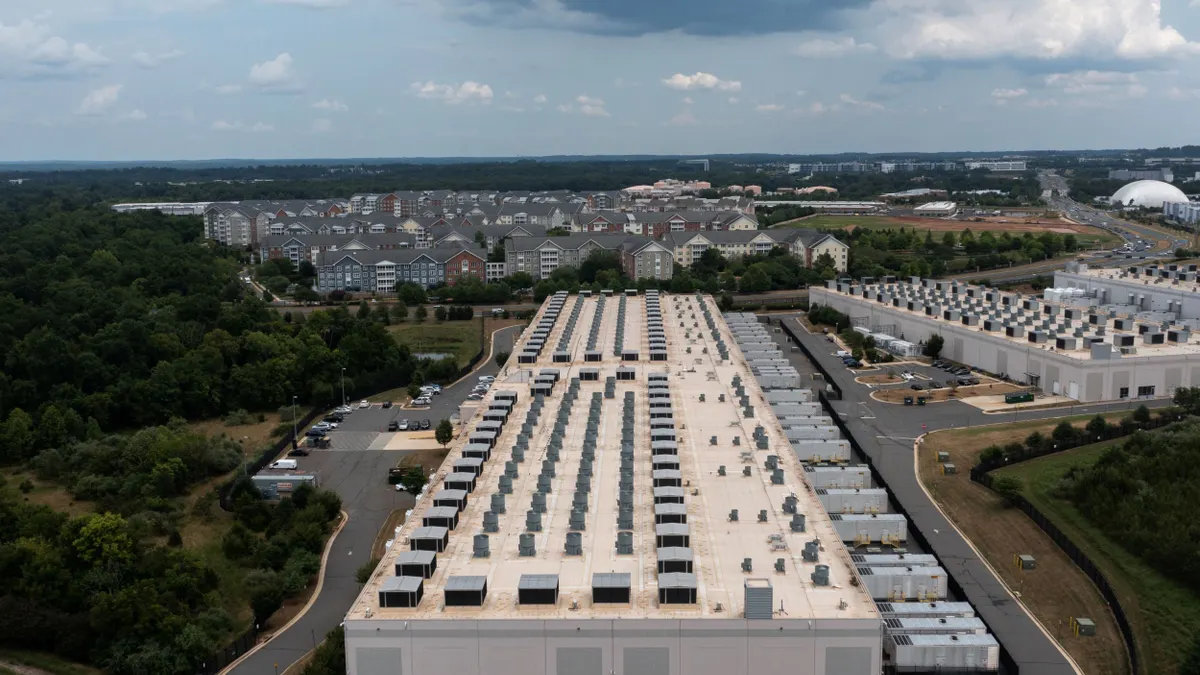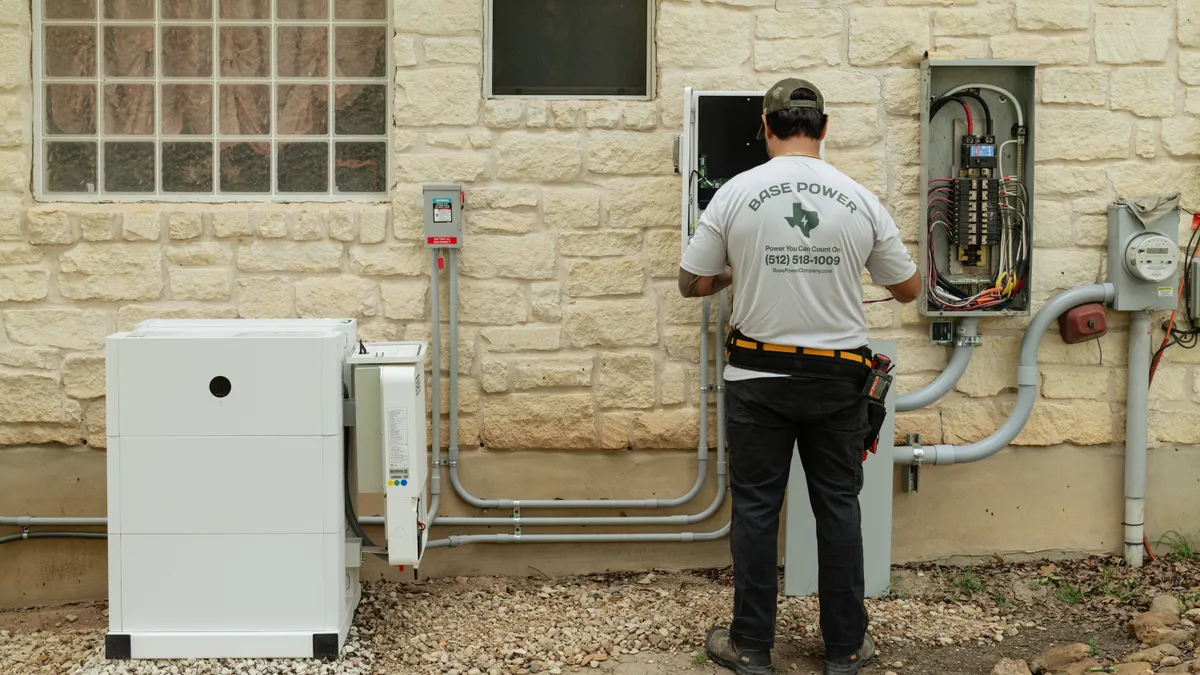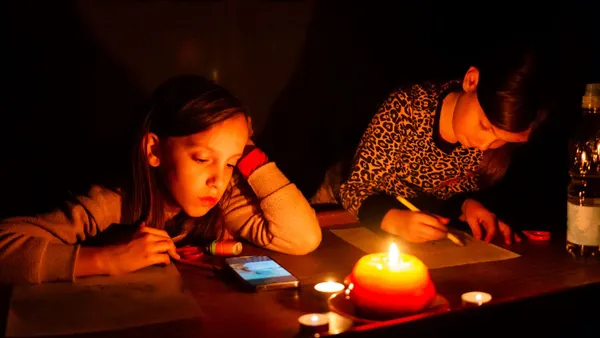Tacoma Power has developed a pilot demand response project that will offer producers of electrofuels like green hydrogen a discounted electricity rate in exchange for the ability to curtail their electric service potentially up to 1,300 hours a year.
This is Tacoma Power's first foray into demand response, according to Erin Erben, a manager in the power rates and financial planning department of the public utility of Tacoma, Washington.
Most of Tacoma Power's electricity transactions are made in bilateral markets, where the focus is selling excess supply and not buying capacity for seasonal peaks. So as spare hydroelectric capacity in the region has tightened, the utility is for the first time considering a program what it may be worth to pay customers to reduce usage at peak times.
"We have spent quite a bit of time at Tacoma Power, discussing the merits of demand response and demand response rates, as the market evolves in the Northwest and capacity constraints become more prevalent," said Erben.
"[I]f we don't have to commit to procuring generation for a customer, essentially then they are non-firm and we wouldn't need to assign costs associated with generation capacity in our cost of service."

Erin Erben
Power Rates and Financial Planning Department Manager, Tacoma Power
Tacoma has historically relied on hydropower, both self-generated and purchased from the Bonneville Power Administration. But according to Erben, this supply source is limited and as other Northwest suppliers shut down fossil plants and invest in renewable energy the amount of available capacity in the region has been shrinking.
Along with wanting to ensure system reliability, the Tacoma City Council is also pushing to reduce the city's overall carbon emissions.
The combination of capacity shortages and clean energy policy "got us to really think about how to price, how to value demand reductions when there is no explicit market for demand or capacity in the Northwest," said Erben.
The utility landed on the idea of a non-firm rate that could take advantage of the flexible production schedules of electrofuels operations, such as green hydrogen and formic acid production. "The benefit of this approach is that if we don't have to commit to procuring generation for a customer, essentially then they are non-firm and we wouldn't need to assign costs associated with generation capacity in our cost of service," said Erben.
Will customers sign up for longer curtailments?
Customers on the new electrofuels tariff could be curtailed not for hours, but days — up to 15% of a year.
"That's a lot," said Erben. "Typically, customers get a little nervous when you want to curtail more than 100 to 200 hours in a year. This could be more than 1,000 hours. Not many businesses can handle that, especially on 10-minutes notice, which is what we have here. Essentially this is the equivalent of spinning reserve capacity."
With those requirements, there is no guarantee the program will attract customers. "Getting a customer to shed load for a few hours a day is a lot easier than getting customers to shed load for several days in a row," which is a key element of the pilot that this is designed to target, Erben said. But "given the unique nature of this emerging business, it seems like a really good opportunity to explore."
Brett Feldman, research director at Guidehouse Insights, said in an email that Tacoma Power's interruptible rate "is a novel idea to try to bring that specific customer segment of electrofuels to locate in their territory." But he also questioned whether it is technically demand response.
"Utilities have had interruptible rates for decades for electric and gas," Feldman said. "They give large industrial customers lower rates for the right to shut them off if needed."
There are emerging demand response-type programs arising for battery storage that allow for "many more hours of response than in traditional curtailment-based DR programs," Feldman said. He pointed to National Grid's Connected Solutions program in Massachusetts and that state's Clean Peak Standard.
Relying on hydrogen for storage
Green hydrogen can function as energy storage, because the fuel is later used as a replacement for fossil fuels in some applications. But its ability to be used by Tacoma in an interruptible-rate program hinges on the flexibility electrofuel producers have in the process.
Hydrogen production is not a time-critical operation, said Feldman, "and curtailing it does not negatively impact production (unlike some industrial processes like steel, cement), so it is very flexible, as long as the financial benefit of the lower rates outweighs the loss of production during curtailment."
Tacoma Power considered applying the new rate to its customer base more broadly, but Erben said that "for a lot of larger customers, turning on and off with minimal notice was not attractive." The utility will be exploring other pricing-based demand response solutions other large customers over the next year, she added.
Ultimately, Tacoma Power is still considering how much of its load it can economically make available under the new tariff. The pilot launched with 65 MW available — though prospective customers have expressed interest for up to 200 MW.
"That aligns pretty well with where we start to see capacity constraints in some months," said Erben. The utility sees potential capacity constraints in the fall, when water supplies are tighter, along with any time high loads stress the system.
The system has a peak load of about 900 MW.
Tacoma Power does most of its power trading on Intercontinental Exchange, but is also preparing to enter California ISO's Energy Imbalance Market (EIM) next year. The new demand response rate "is a tool we're thinking would benefit us in a market like EIM."
So far, no customers have signed up for the rate though some have expressed an interest. Price is a "significant" issue for green hydrogen producers, said Erben. "Their margins are thin," but they can also curtail their load regularly.
Green hydrogen producers are looking for rates at about $0.035/kWh, said Erben. Tacoma Power's demand response rate will vary based on some considerations, including load factor, but is expected to come in around $0.045/kWh.
Without the demand response rate, producers would pay about $0.055/kWh, said Erben.
"We are talking with customers now," said Erben. Potential customers must also find sufficient land for their operations, in areas where the utility can supply sufficient power. There are also considerations for environmental impacts, and permitting which needs to be done.
For now, Tacoma sees this new rate as "putting our toe in the water around demand response," said Erben. The utility is trying to understand the value of flexible capacity, and expects to utilize the resource more as its understanding deepens.
"Over the next five years I think we'll have a lot more clarity in the Northwest around capacity values," said Erben.





















